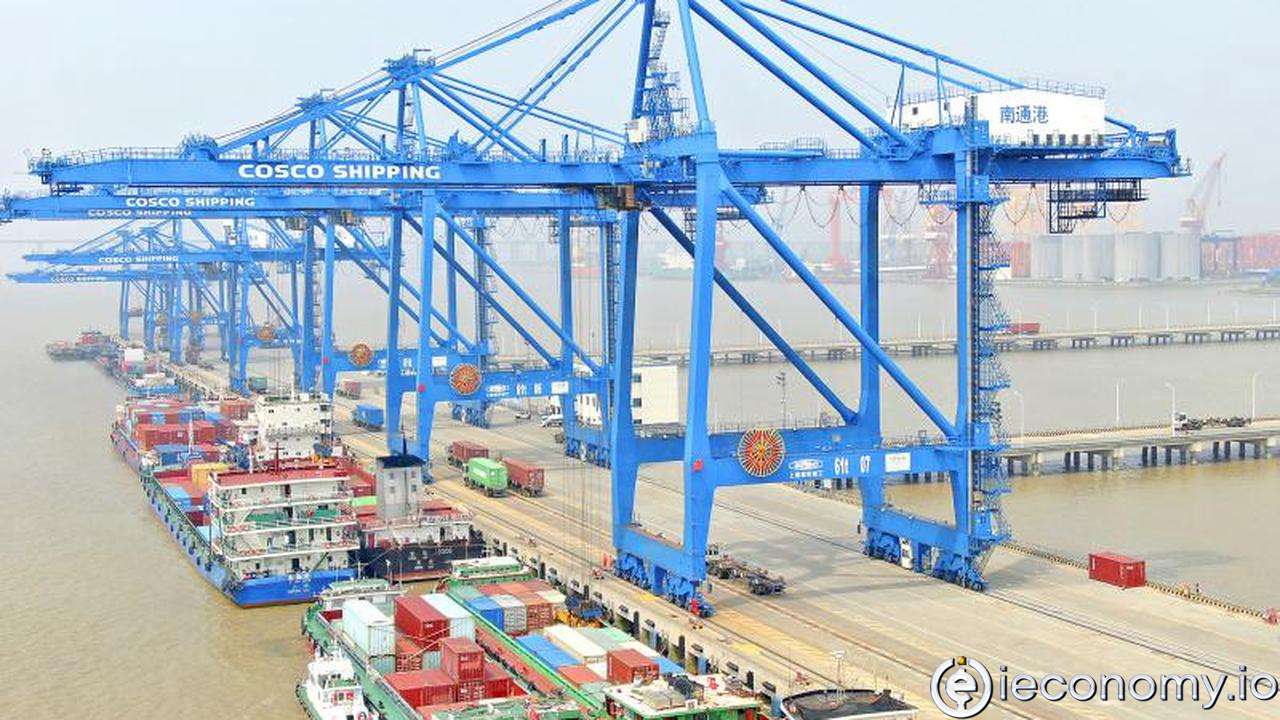11494
0
Foreign trade in China has developed significantly better than expected
Despite the recent outbreak of the coronavirus, foreign trade in China has developed significantly better than expected.

Yazar: Tom Roberts
Yayınlanma: 9 Eylül 2021 00:26
Güncellenme: 27 Aralık 2025 12:30
Foreign trade in China has developed significantly better than expected
Despite the recent outbreak of the coronavirus in China, foreign trade in the second largest economy has developed significantly better than expected. In August, exports in US dollars rose by 25.6 percent compared to the same period last year, according to the customs authorities. Imports even grew by 33.1 percent. Experts had rather expected a slowdown in growth. Overall there was an increase of 28.8 percent. The trade surplus reached $ 58.3 billion. However, German exporters could not benefit as much from the upswing in China's foreign trade. German exports to China only rose by 5.6 percent, while imports from China rose by 29.2 percent. Overall, the trading volume grew by 16.4 percent. China's trade with the European Union as a whole increased by 22.8 percent. Its exports to the EU climbed 29.4 percent, while imports rose only 12.4 percent. "The new foreign trade figures indicate a sustainable economic recovery in China," said Jens Hildebrandt, executive board member of the German Chamber of Commerce in China (AHK). "Even the revitalization of the US and European markets cannot curb the growth of Chinese exports." German companies could continue to benefit from the strong domestic demand in China, but at the same time they would increasingly encounter Chinese competitors in other markets. The strong trading data also generated optimism on the stock exchanges such as in Hong Kong. Obviously, higher transportation costs and delays in ports that disrupted global supply chains have not had as much of an impact as expected. With reference to higher raw material prices and supply bottlenecks in China, experts had actually predicted lower export growth for the rest of the year. Imports from the USA, which is continuing a trade war with China, rose sharply by 33.3 percent. In contrast, Chinese exports to the USA only increased by 15.5 percent. Trade between the two largest economies rose by a total of 18.9 percent. Due to the largest outbreak of the corona virus in a year with the dangerous Delta variant, China had recently lost some of its steam. The authorities were able to get the spread under control within around four weeks by August. The closure of a terminal in the important container port of Ningbo was also lifted due to cases of infection. China, where the coronavirus was first discovered worldwide in December 2019, is pursuing a strict zero-Covid strategy. With mass tests, contact tracing, forced quarantine, curfews and also isolation from abroad, the most populous country has brought the virus under control quite successfully since the summer of last year. Anyone who is still allowed to enter the country has to go to a quarantine facility for three weeks after arrival. Even if expectations have tended to be scaled back recently, experts expect economic growth in China of more than eight percent this year. In the first quarter, the economy grew strongly by 12.7 percent - but mainly because of the low comparative basis in the previous year shortly after the outbreak of the virus. The government has set a growth target of "more than six percent" for this year. Last year, China only experienced 2.3 percent growth because of the pandemic.İLGİLİ HABERLER





European stocks soared and focus shifted to German retail sales after Powell's speech!

Forex Signal For TRY/USD: Inflation Slowdown in November.

Forex Signal For GBP/USD: Bullish Trend Still Not Breaking While Recovery Continues.

Forex Signal For EUR/USD: Starry US Data Points to Higher Fed Increases.

Forex Signal For BTC/USD: Downside Continues as Bitcoin Recovery Moves Less.
En Popüler Haberler
Yorum Yap
Yorumlar
Henüz yorum yapan yok! İlk yorumu siz yapın...